 In mid-July the tree in my front yard is losing its leaves. It’s a weeping birch some fifty feet high. It doesn’t so much shade the house as stand guardian to it. On its trunk the black and white patches have merged together and long ebony tendrils of branches dangle down festooned with dark forest-green leaves like emerald fireworks frozen above the lawn.
In mid-July the tree in my front yard is losing its leaves. It’s a weeping birch some fifty feet high. It doesn’t so much shade the house as stand guardian to it. On its trunk the black and white patches have merged together and long ebony tendrils of branches dangle down festooned with dark forest-green leaves like emerald fireworks frozen above the lawn.
The shade pool from the tree covers my neighbor’s yard to the north. He sits under it on his lawn on hot days. He’s a quiet neighbor and a nice man. Speaks two languages and has a few political ideas which are a bit too socialist for my taste, but he doesn’t push them too hard so we live in harmony. He has a nice little house and spends a lot of time keeping it tidy.
The shade from my tree doesn’t quite reach my neighbor to the south who admires it much more than I admire his fence, which is old and full of holes. Often time’s he’s told me how he wishes he could lounge in the shade, but he’d have to move his chair onto my lawn to do so. He’s hinting about permission. I suppose I could issue an open invitation for him to enjoy my shade, but given the way he keeps up his house and his fence I fear he’d soon be camped out on my lawn with a lot of friends and family. His whole operation is one step away from old appliances and rusted cars as lawn decorations. Then again I don’t like cutting my lawn or weeding my garden, so maybe if I let him hang out under the tree he’ll do the job that I won’t do.
The tree began to shed leaves in early June. Just a few fell at first. A couple here and some more there. I enjoyed their chance patterns on the grass and the flower beds. They were small and tan and had an almost Zen effect when seen among the blossoms; little bits of punctuation, small notes of color. The tree had so many leaves that the few that fell didn’t diminish it. I didn’t notice any thinning and I certainly didn’t think the tree was ill. After all, it was a large tree and it had sheltered the house for a long time. The trunk was thick and strong. Its roots ran deep into the soil. It had been there longer than the house.
I went away for some weeks in June and when I returned my lawn looked as if it was late autumn. The grass was covered with small tan leaves, and even though the tree above was still thick with dark green leaves it was obvious that something was amiss. It was even more obvious when you walked on the lawn and came away with clots of leaves stuck to the bottom of your shoes.
I took my ladder from the garage and set it against the trunk. I climbed up to where the branches dangled down and looked closely at the leaves. They were dark green as always but had an unhealthy sheen to them as if they had become overheated and begun to sweat. Touching them left a sticky, unpleasant residue on my hands.
I looked more closely at the trunk and saw a host of small black bugs on the surface of the white bark and even more against the black patches. There didn’t seem to be any of those bugs on the leaves that I could reach, but all those leaves were coated with the same tacky sheen. It had the consistency of the adhesive side of Scotch tape.
I’m no arborist. I didn’t know what was making my tree sick but it was not thriving. Fortunately, Seattle is a city where more inhabitants worship trees than worship God. I put a few twigs and leaves in one Ziploc bag and some of the black bugs in another and drove off to a nearby plant cathedral to ask one of their many priests.
He looked at the bags, ran his fingers over the outside, and didn’t even bother to open them. “Aphids. Lots and lots of aphids. And since aphids are born pregnant you’re going to have a lot more.”
I looked closely at the bags. Very closely. I’d noticed a plant in the back yard that had been stricken with aphids in early June. Those had been thick colonies of lice sized insects. I carpet-bombed them with insecticide from an altitude of eight feet. They never knew what hit them. But I couldn’t see any aphids inside the bag, just sticky leaves. “There’s no bugs in there,” I remarked to the priest of plants.
“Nope. The bugs are higher up in the tree. This is honeydew coating the leaves. A lot of honeydew. And that means a lot of bugs.”
My far-too-literary mind immediately delivered the closing lines of Coleridge’s “Kubla Kahn,”
“For he on honeydew hath fed,
And drunk the milk of Paradise.”
I’d always thought those lines very evocative and alluring. “Honeydew?” I asked.
“It’s what the bugs excrete after they suck out the sap from the tree,” he said.
Score one more metaphor forever ruined.
“What do I do to stop it?”
“You have to get it sprayed or injected. Probably both. Spray and inject is probably best. That’s what we do here. I’ll give you the number of an eco-friendly tree care company. No toxins… biodegradable sprays… all that jazz.”
“Is that the best way?” I asked and gave him a straight look.
He glanced about him to check that we were alone at the tree altar in the plant cathedral. “Not really,” he said in a confidential tone, “but that’s all the company allows me to recommend. Otherwise, we’d have a picket line of eco-nuts in front of the parking lot in a twinkling and that would be very bad for business. You want anything stronger, stuff that will really get the job done, get out your phone book and… call around.”
I felt like we were two guys whispering on a street corner about where to score “the hard stuff.” I thanked him for the information, took the eco-friendly number, and left.
Back home I stood in the yard and gazed up at my sheltering tree. Then I raked the yard and hosed off the walkway. It took a long time since all the leaves were coated with the crap of “aphid honeydew” and stuck to the grass and the pavement. Nature’s Super-Glue.
As I was finishing my neighbor from the south came out and strolled through the hole in his fence and across the lawn to where I was working. It was a hot day and he held an iced Corona. (He favors that brand but never offers me one, just kind of toasts me from his porch. If he wasn’t obviously Norwegian I’d expect him to say, “Hola mano. Que tal?”)
“What’s up with your tree?” he asked. “Those leaves are falling all over my yard and they’re a mess.”
I told him the tree was sick. “There’s an infestation of aphids high up in the crown sucking the sap out of the tree and dripping their crap all over anything below. I’ll have to get an arborist in to spray it and inject it.”
“Whoa. Be sure and tell me when that happens so I can close my windows. And be sure to use those companies that don’t use toxins. They’ll cost you more but you don’t want to risk real poisons.”
As usual, my neighbor was more than happy to suggest any solution at all to my infestation problem that involved extra hassle and me reaching for my wallet.
“I’ll let you know,” I said. “I’ll let you know.”
I’ve made the calls and I’ve tried to be a good citizen. I got the arborist from “In Harmony” tree service to come by. She said it will take 8 injections and cost about $300. She gave me a brochure printed in bio-degradable inks on recycled paper too. It explains the benefits to the entire planet of their methods in somewhat fuzzy type. It doesn’t explain why it costs $300 to give a tree eight shots. Like other things in this city, this country, and this era, “the solution” to “the problem” is not exactly crisp and effective, but it sounds nice and feels good.
Still, there’s no question that the stately tree that shelters me is sick, sticky and a mess. I’ve got to stop the insects infesting the top from crapping all over everything below. Organic’s too slow and too expensive by half. I think I’m going to have to start hanging out in the shadier places of the Seattle tree scene, trying to make a connection with people who can really “Git-R-Done!”




![Allen Ginsberg: The Interview, <strong> ➡ 1972 ⬅ </strong> [Republished by unpopular demand] ginsbergnirvana](https://americandigest.org/wp/wp-content/uploads/2022/05/ginsbergnirvana-150x150.jpg)
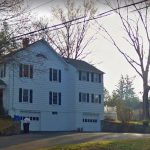
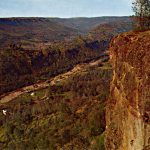


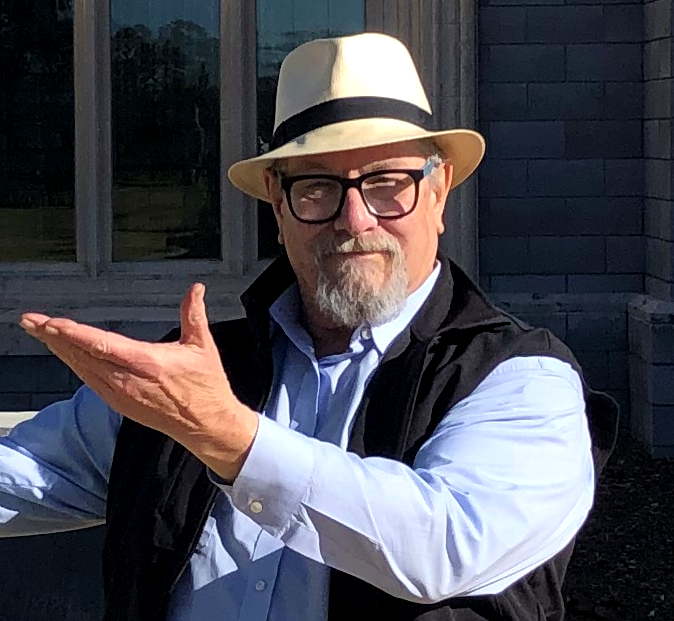 Gerard Van der Leun
Gerard Van der Leun





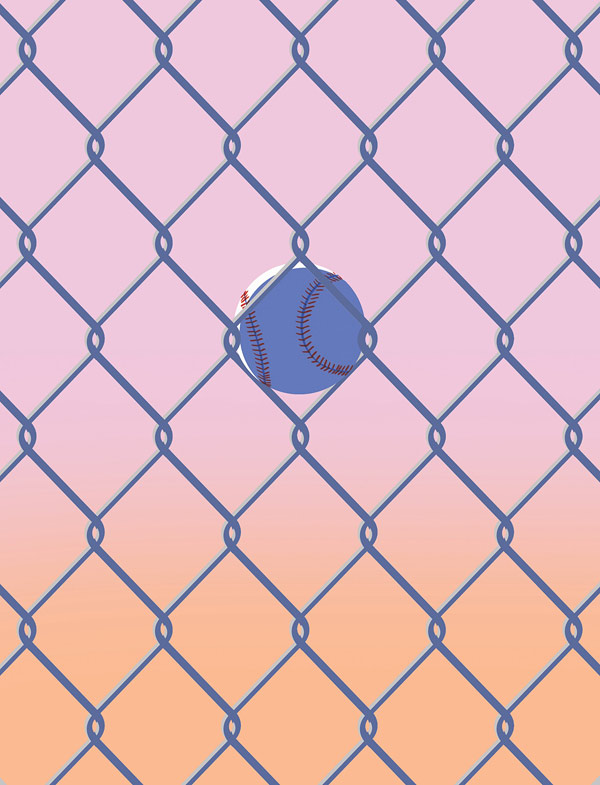


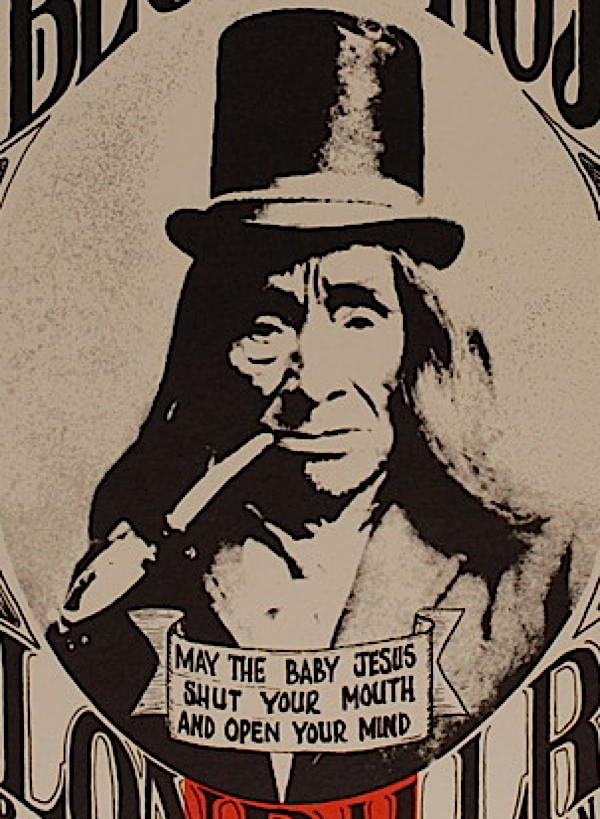

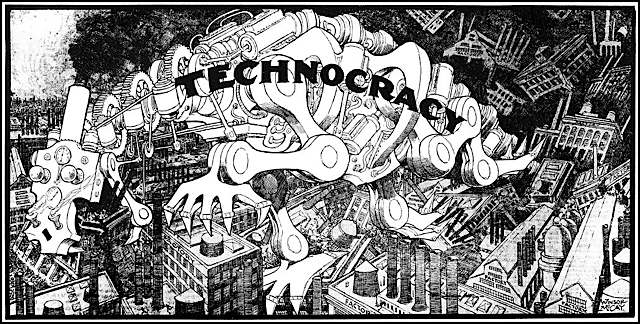

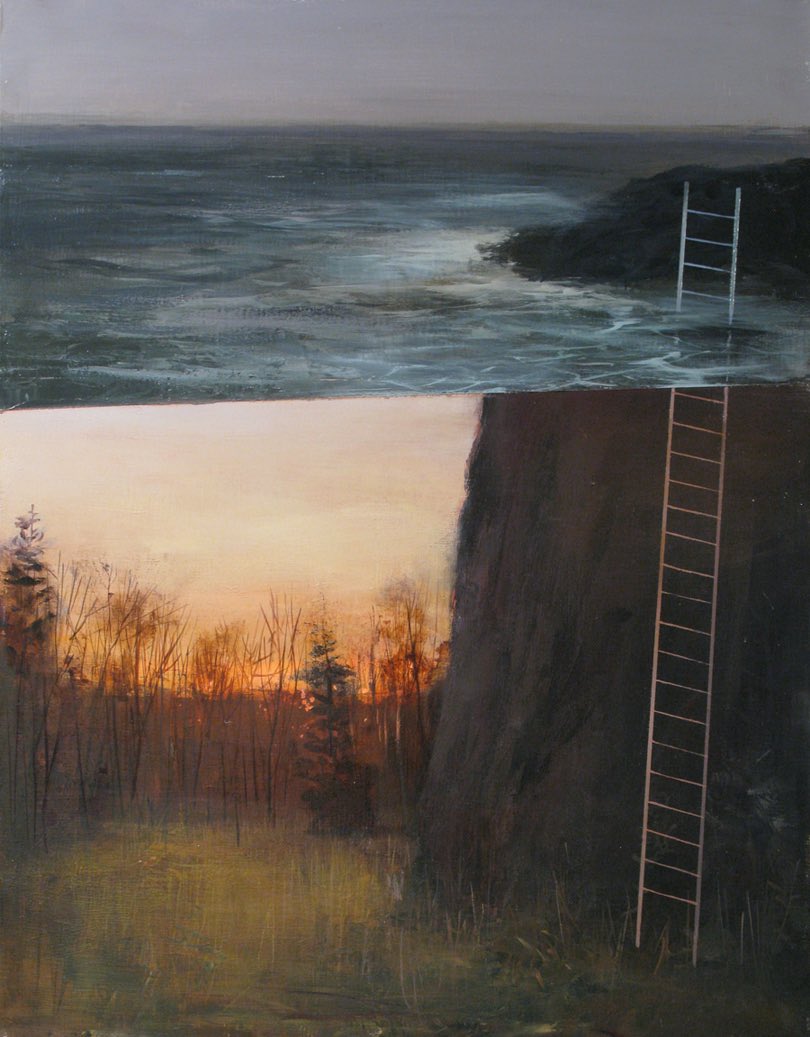


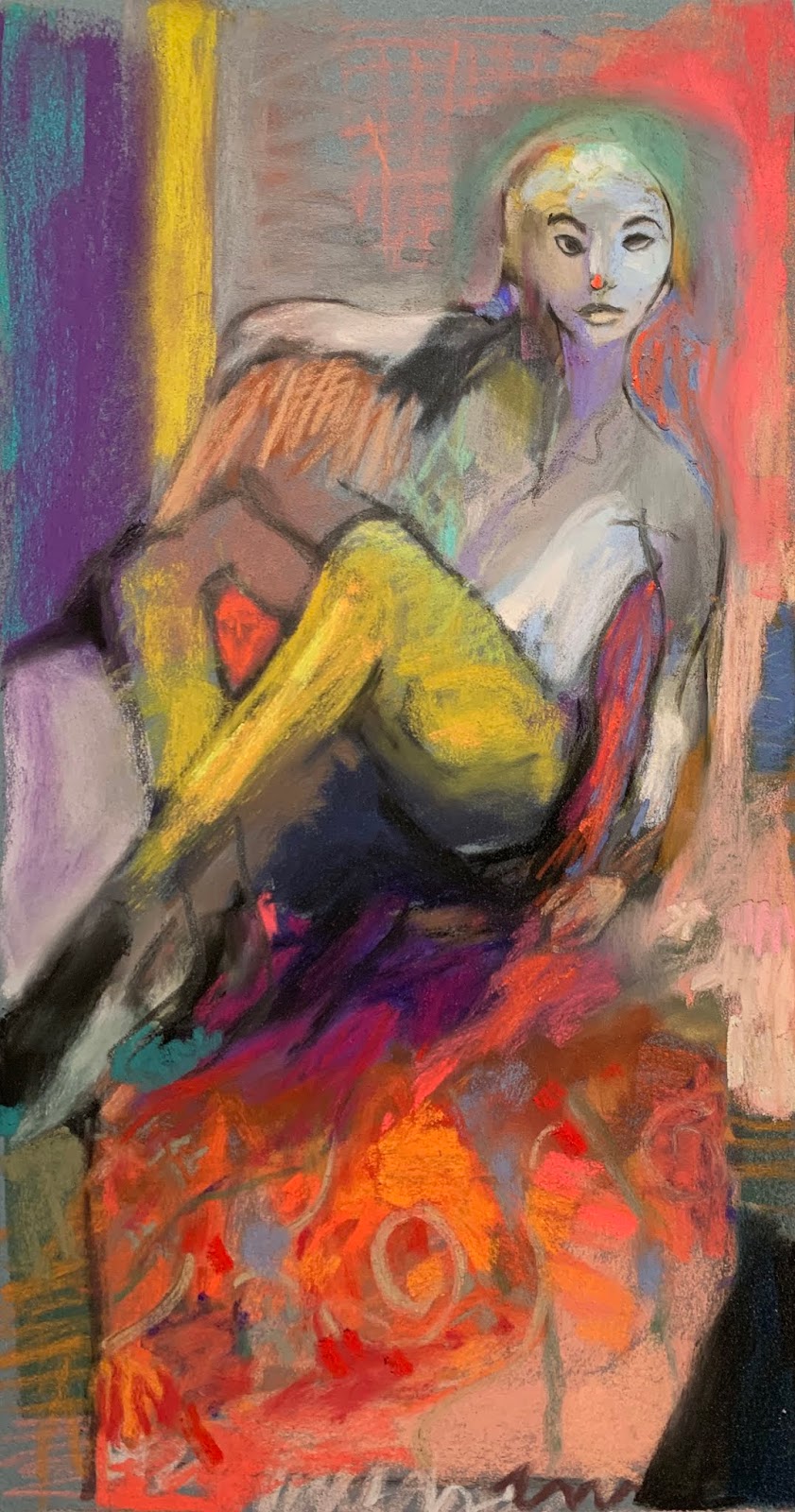





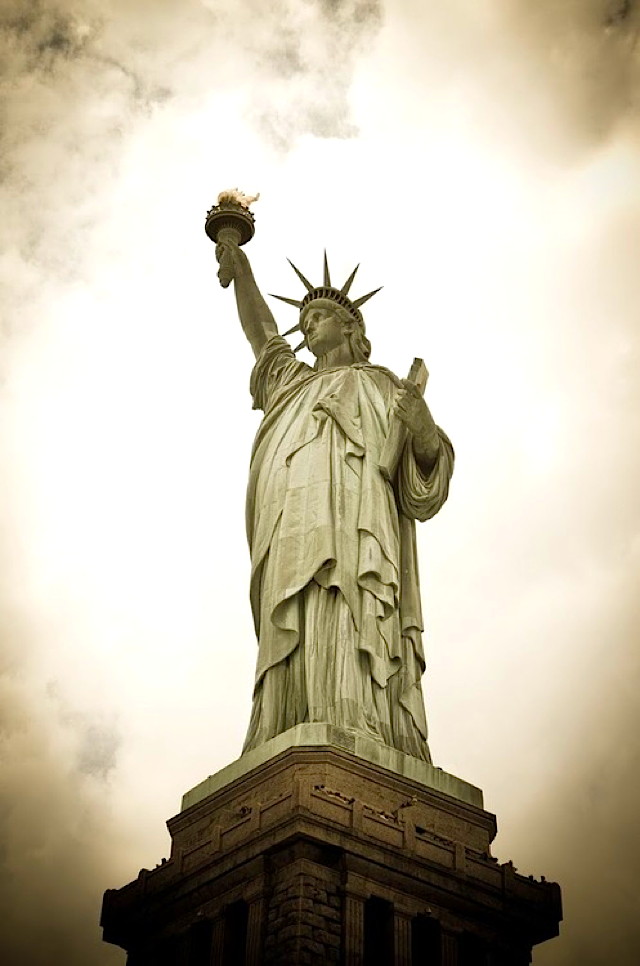
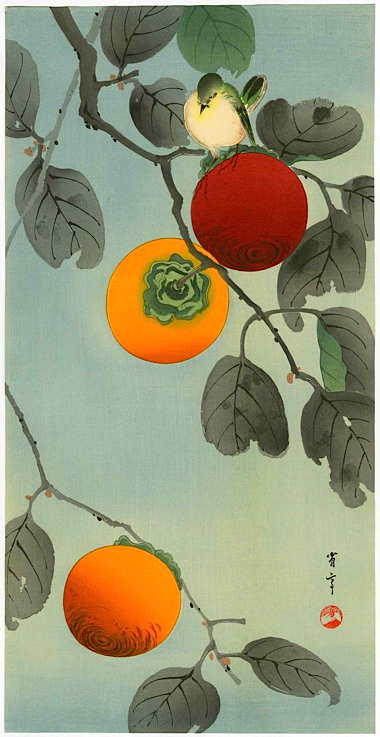

Comments on this entry are closed.
Yes, I too believe in the get-it-done approach. There are a certain number of people in the world that believe usage of, “chemicals” or “radiation”, invite horrible demons with unknowable powers into our world.
The poison ivy infestation along the fence lines at our old Kansas farm has gotten progressively worse. I went down to the Noxious Weed Dept. for our county and asked for their recommendation. I then went back out to the farm armed with their best “toxic chemical”, and sprayed down the poison ivy that was intermixed with dozens of other plant species.
Ten days later, I went back to observe the devastation. I was amazed to see the poison ivy was fried to a crisp, but everything else was untouched. The prairie grasses, meadow forbs, brown-eyed susans, and butterfly-bearing milkweed plants were literally unblemished.
The herbicide I used was so specifically targeted to “woody plants”, that everything else was not affected in the slightest.
IMHO, modern chemicals have saved tens of millions of lives. Ask one of your friends (outside of the Seattle area) who actually works on the land for a recommendation. I’ll bet that they can steer you in the right direction.
Good luck with your birch tree! It is always a triumph when you can save an old friend.
Being a certified arborist in this line of work for over30years now maybe I can shed some light on the cost and the number of capsules needed to inject. As a rule with most brands the amount required is based on the diameter of the tree at breast height.( dbh) what ever the diameter of the tree is you cut it in half so said birch tree should be roughly 16″dbh requireing 8 capsules. The amount per injection cost the arborist roughly 10-15$ each. You then charge 20-25 $ and that leaves with $100 to send one your guys/gals out to the job to install them. Small profit considering you are paying salaries and insurance and fuel bills.